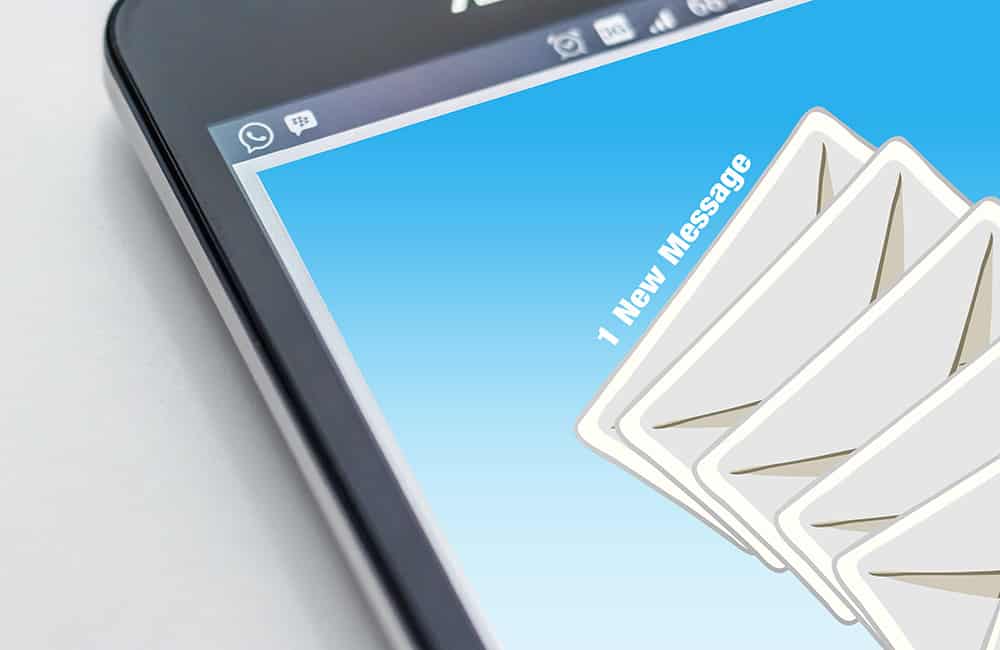 Many people dread having to leave a phone message when they call someone.
Many people dread having to leave a phone message when they call someone.
Even if you know exactly what you were calling about, having to condense everything into a short message on the fly can be nerve wracking. Think about it… how many times have you left a message and then realized that you forgot something important as soon as you got off the phone?
Knowing how to structure a good phone message can help with this. Instead of scrambling to cover everything that you need to say, you can look at the various points of message structure and fill in the information as needed.
Next time you have to leave a phone message, try to make sure that all of the following points are covered:
Your Name
The first thing that you need to do when leaving a phone message is introduce yourself by name.
Depending on who you’re calling and how many calls they receive each day, they may or may not recognize your voice. If you don’t leave your name then they might not figure out exactly who you are. It’s possible that they’ll miss other details of your message as well as they focus on trying to figure out who you are instead of listening to what you want.
Recipient’s Name
After identifying yourself, be sure to mention who it is that you’re calling.
Even though you probably think that this should be obvious, it’s not uncommon for multiple people to share a single line in a business setting. Even if you have your contact’s direct extension and no one else shares the line with them, identifying who you’re calling will help prevent confusion from accidental misdials or other phone-related problems.
Are You Returning a Call?
When you reveal the person that you’re trying to call, be sure to mention it if you’re returning a call from them.
This will help jog their memory and give them a chance to look up what they were calling you about before trying to get in touch with you again. If you aren’t returning a call, there’s no reason to say anything about it at this point.
Reason for the Call
They know who you are and who you’re calling, so now’s the time to reveal the reason for your call.
Break it down into the most concise explanation possible and make sure that you speak slowly and clearly. You don’t have to cover every point that you wanted to make, but do be sure to include the most important reasons that you’re calling today. Everything else can be filled in later once you’ve actually gotten ahold of the person that you’re trying to call now.
Phone Number
Once you’ve left your message, be sure to include your phone number so that the person you’re calling can get back to you when they get the message.
As with your reason, be sure to speak slowly and clearly. If you rush or mumble and the person you’re calling can’t understand you, it’s going to be very difficult for them to return your call. If you have an alternate phone number (such as a cell phone) that you’d like them to try if they can’t reach you at your primary number, then explain that it’s an alternate and provide it as well.
Availability
Depending on your schedule or the reason for the call, it’s possible that there will only be a certain window where you can accept a return call on the topic.
If this is the case, explain that you will only be available during a certain time (such as until the end of your work day) and leave the times of your availability. Also inform the person when you’ll be available again (such as tomorrow when you arrive at work) so they can try again if they miss your initial availability window.
Other Pertinent Information
If there’s anything else that you haven’t already covered, feel free to add it at the end of the message.
This can be a pleasantry (“I look forward to hearing back from you”), a warning (“This offer is only available for three more days, so time is of the essence”) or any other information that you need to convey. Once you’ve covered everything, you can then wrap things up and hang up the phone.

